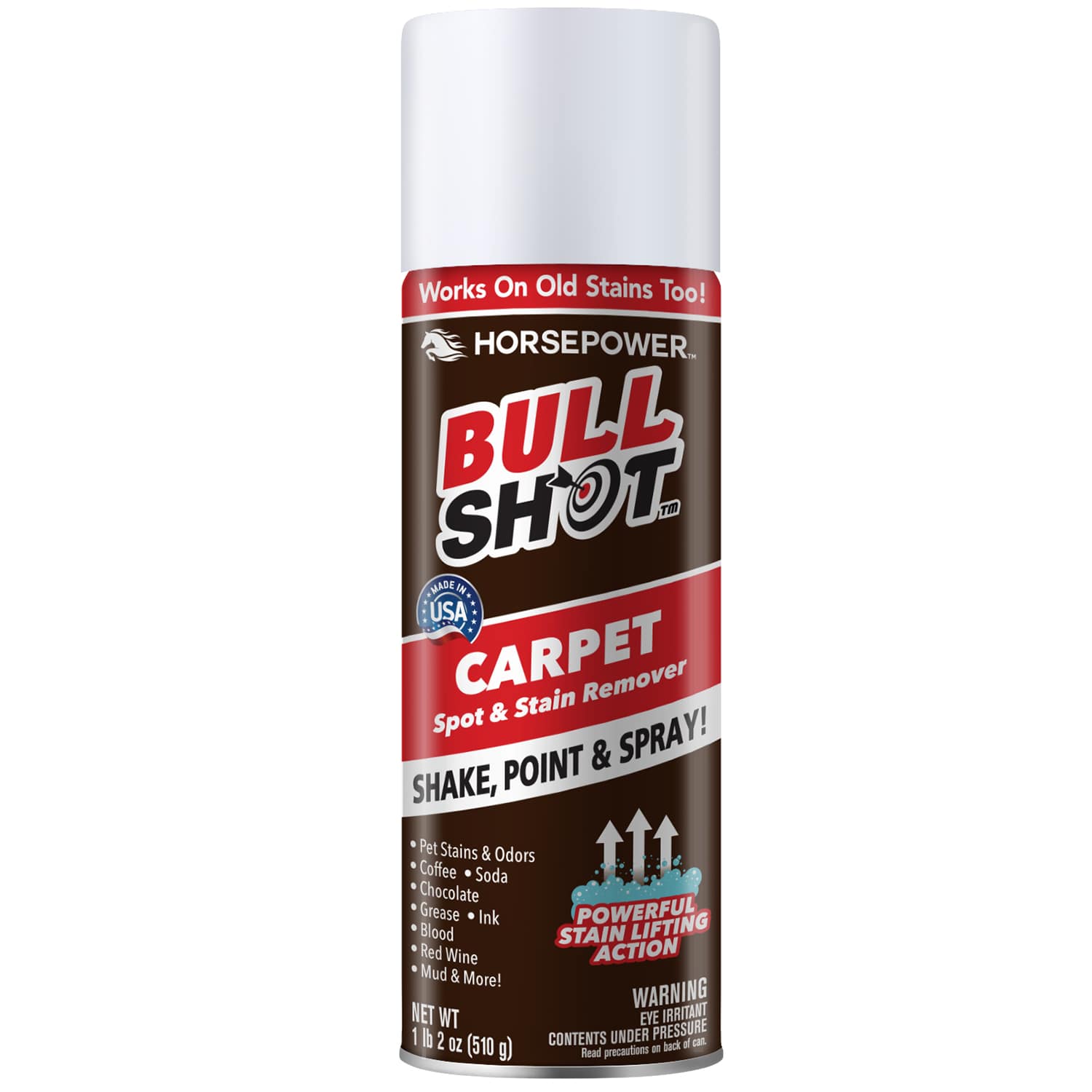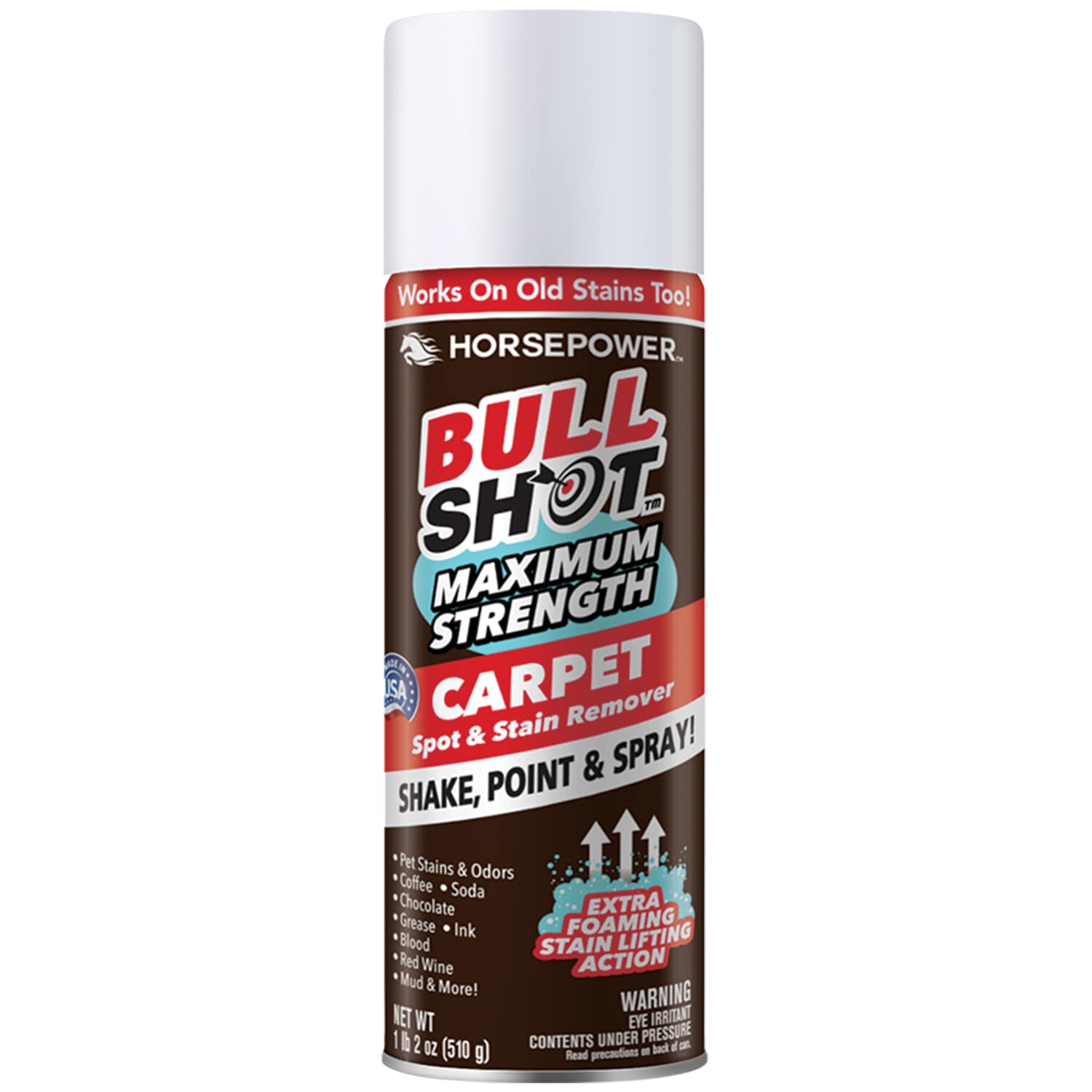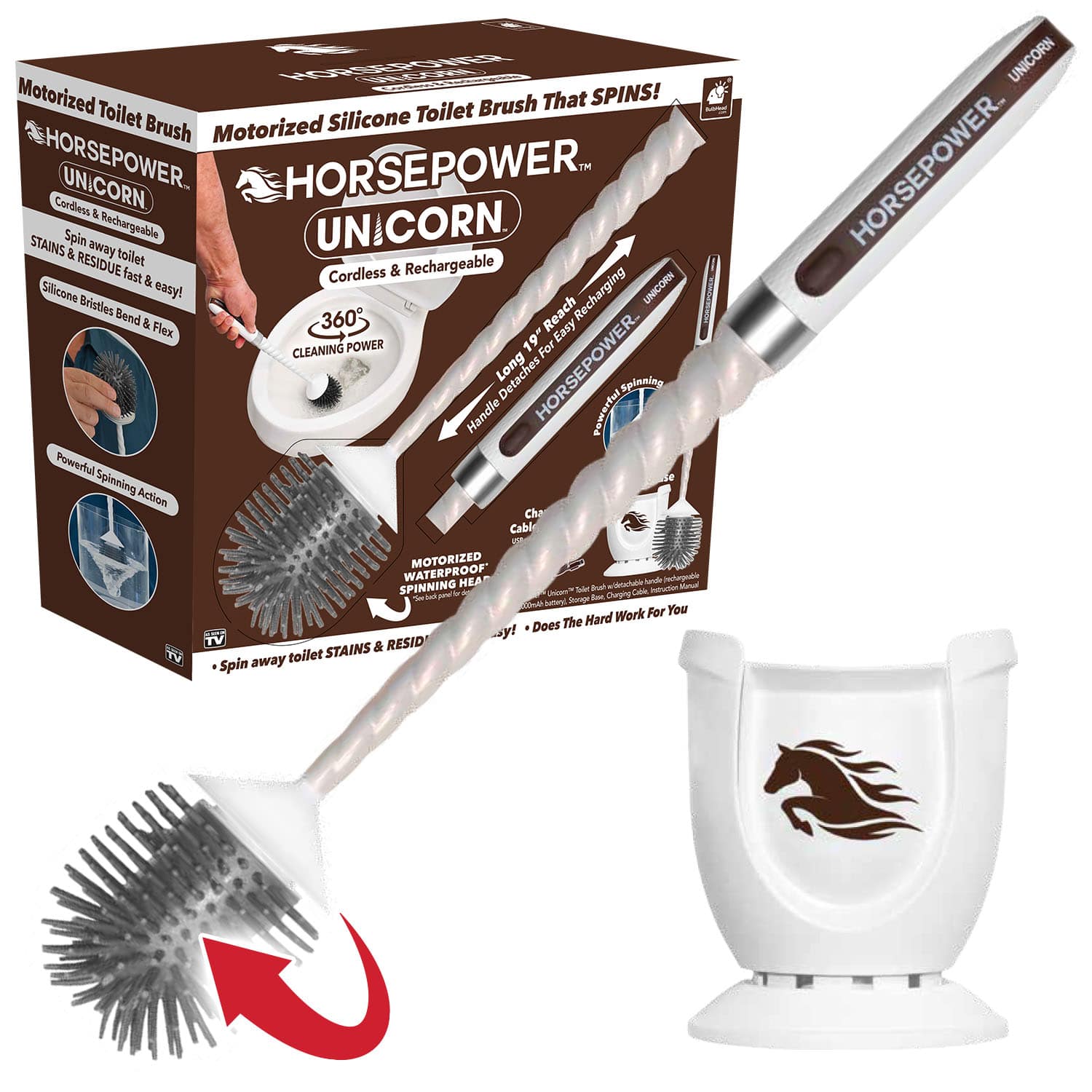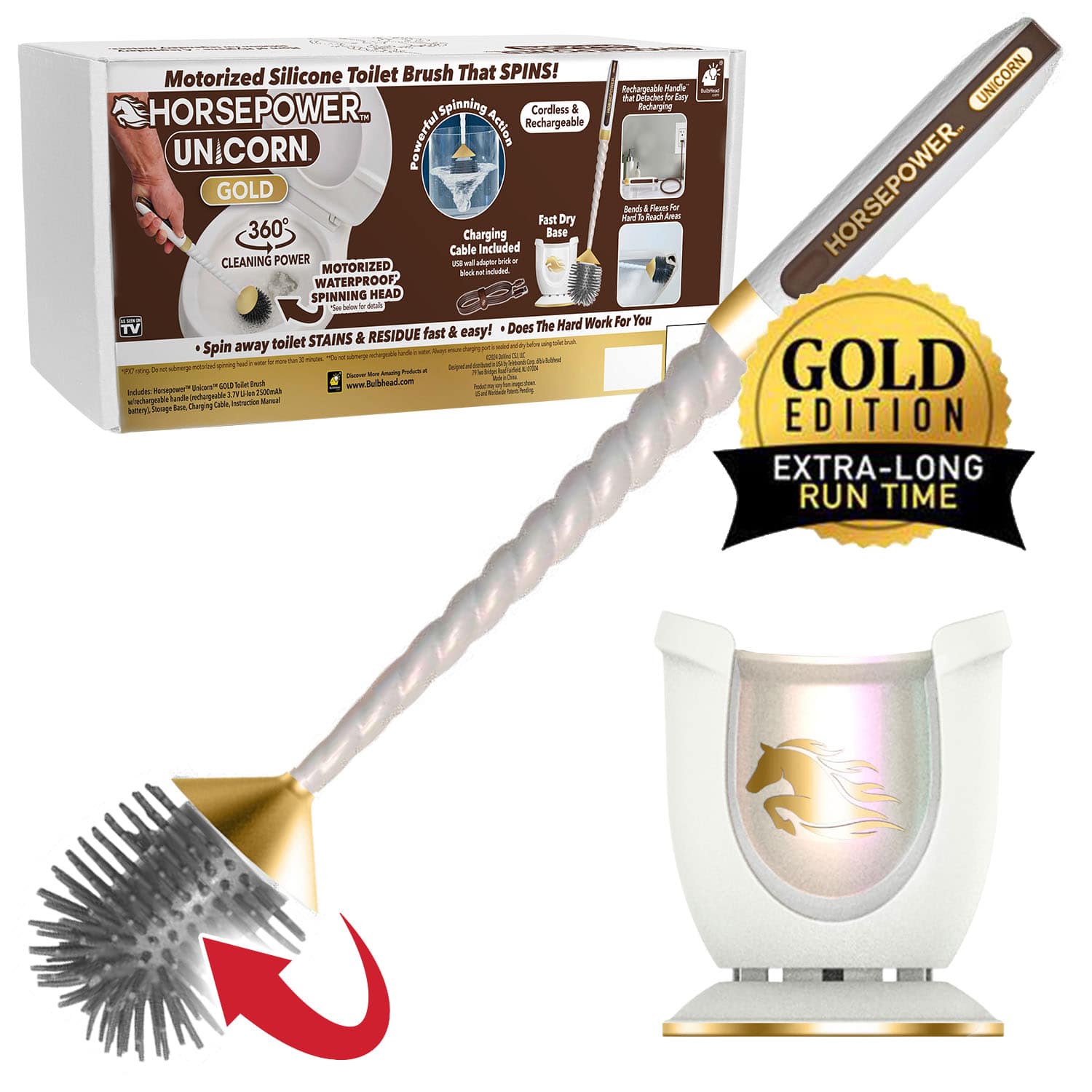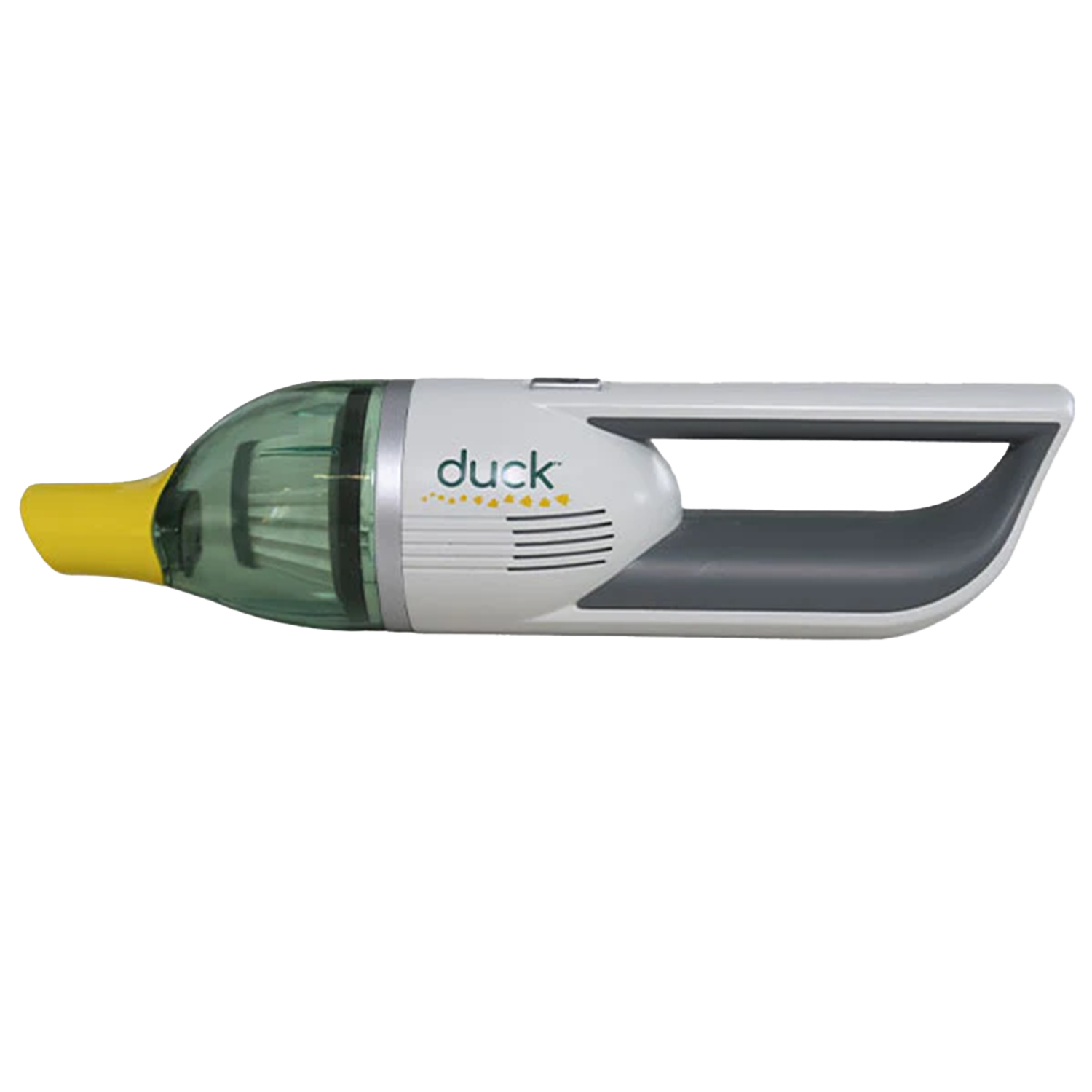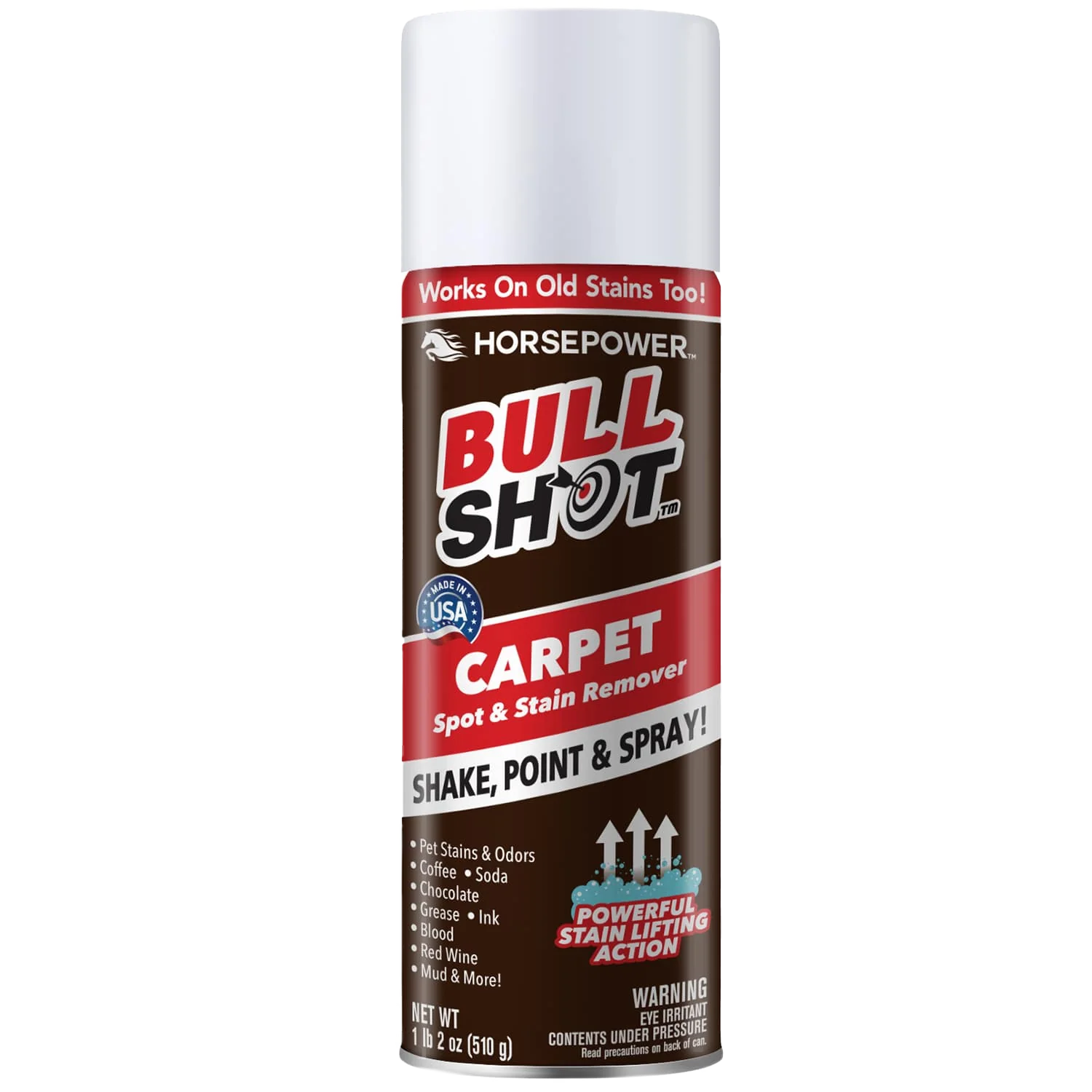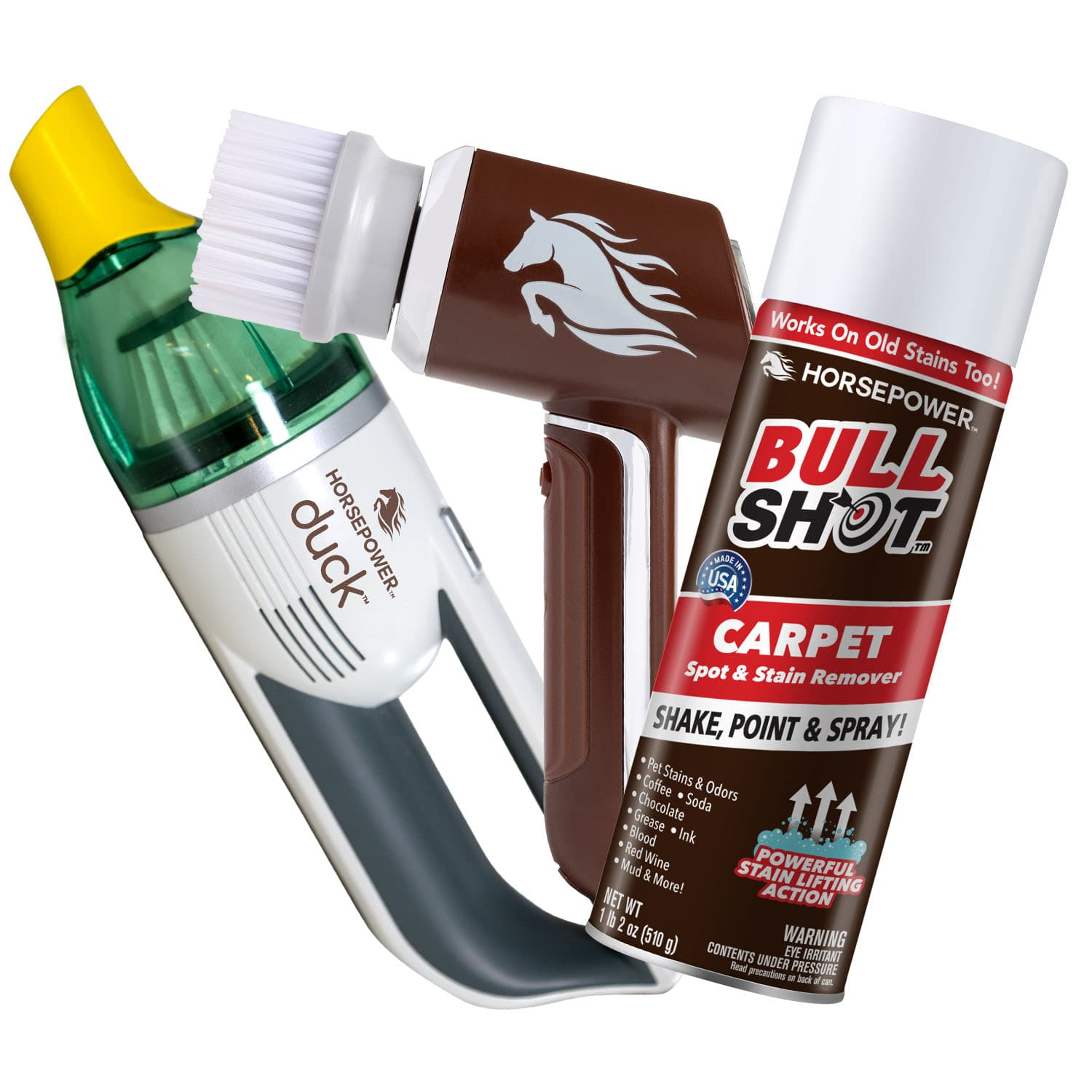
The Ultimate Guide to Eco-Friendly Cleaning: Protect Your Home and The Environment
In the quest for a clean and sparkly home, it's easy to forget the impact our cleaning habits can have on the environment. Every year, millions of tons of harmful chemicals are poured down the drain, not to mention the heaps of non-recyclable waste generated from packaging. The good news is with eco-friendly cleaning, you can keep your home spotless while safeguarding the planet. This ultimate guide will walk you through the ins and outs of green cleaning products, methods, and the best practices for environmental protection during your home cleaning routine.
Understanding Eco-Friendly Cleaning
Before discussing green cleaning solutions, let's clarify what eco-friendly cleaning entails. Eco-friendly cleaning involves using methods and products with environmentally friendly ingredients to preserve health and environmental quality. Unlike conventional cleaning products, eco-friendly options are made with safe, non-toxic, and biodegradable ingredients.
The Impact of Conventional Cleaning Products
Many conventional home cleaning products contain a cocktail of chemicals that can be hazardous to our health and the environment. When these chemicals are washed down our drains, they can pollute our waterways, harm wildlife, and even disrupt ecosystems. For us humans, exposure to these chemicals can cause allergic reactions, respiratory problems, or other health issues.
Benefits of Green Cleaning Products
Eco-friendly cleaning can offer many benefits, from improving indoor air quality to reducing your household's environmental footprint. Here are a few reasons to choose green cleaning products:
Healthier Home Environment
Using green cleaning products reduces the chances of contact with toxic substances. This means a safer home for you, your family, and your pets.
Environmental Protection
Eco-friendly cleaning solutions are designed to be kinder to the planet. They help reduce pollution, minimize the impact of ozone depletion and climate change, and are often packaged in recyclable materials to reduce waste.
Cost-Effectiveness
Many green cleaning ingredients, like vinegar and baking soda, can be found in your pantry, making them affordable alternatives to their chemical-laden counterparts.
Identifying Green Cleaning Products
Not all products marketed as "green" or "natural" are truly eco-friendly. To find genuinely sustainable options, look for these certifications and attributes:
Certifications
- Green Seal: A non-profit organization that certifies products meeting stringent environmental leadership criteria.
- EcoLogo: Products must pass a series of lifecycle-based environmental performance criteria.
- Safer Choice: Run by the U.S. EPA, products with this label have been evaluated for environmental and human health.
Ingredients to Avoid
Be wary of the following substances commonly found in cleaning products:
- Phthalates
- Parabens
- Bleach and ammonia
- Triclosan
- Formaldehyde
DIY Green Cleaning Solutions
Creating your own eco-friendly cleaning products can be easy, effective, and economical. Here's how you can get started:
All-Purpose Cleaner
Combine equal parts water and white vinegar in a spray bottle. Add a few drops of lemon or tea tree essential oil for a pleasant scent and additional antimicrobial properties.
Scrubbing Paste
Mix baking soda with enough water to make a paste. Apply with a brush or sponge to scrub away tough grime and stains. Rinse with water and wipe clean.
Glass Cleaner
Mix 2 cups of water, 1/2 cup white vinegar, and 1/4 cup rubbing alcohol (70% concentration) in a spray bottle. Spray onto glass surfaces and wipe away for a streak-free shine.
Eco-Friendly Cleaning Tools and Accessories
Pair your green cleaning products with sustainable tools. Opt for items made from natural materials like wood, bamboo, or recycled plastics. Reusable cloths, rags, and mop pads are better than disposable wipes or paper towels. Look for durable products that will last longer and create less waste over time.
Tips for Sustainable Home Cleaning Habits
Adopting a green cleaning routine isn't just about the products you use. Your cleaning habits themselves can be eco-friendlier:
- Reduce and Reuse: Use fewer products and select those in concentrated forms or bulk packaging to minimize waste.
- Proper Disposal: Recycle containers and properly dispose of any toxic substances according to your local regulations.
- Energy Conservation: When doing laundry or dishes, use cold water when possible and only run full loads to save energy.
- Water Conservation: Be mindful of water usage. Don't leave taps running, and use water-efficient tools.
Going Beyond Cleaning: The Key to a Green Home
Eco-friendly cleaning is part of a larger sustainable living ecosystem. Complement your green cleaning efforts with other environmentally friendly practices:
- Recycle and Compost: Implement a robust recycling program and consider composting biodegradable waste.
- Energy Efficiency: Upgrade to energy-efficient appliances, use LED bulbs, and seal drafts to conserve energy.
- Water-Saving Practices: Install low-flow fixtures and collect rainwater for use in gardening.
Wrapping Up: Eco-Friendly Cleaning for a Healthier Planet
Transitioning to an eco-friendly cleaning routine might seem daunting, but every small change can substantially impact your home's and the environment's health. You play a crucial role in environmental protection by choosing green cleaning products, making your own, and adopting sustainable cleaning habits. Your efforts lead to a healthier home, community, and planet.
Eco-friendly cleaning is not just a fad—it's a necessary step toward a sustainable future. Protect your home and the environment by making that eco-friendly pledge today. The path to a greener world is through the heart of our homes—starting with our conscientious choices in our daily cleaning rituals.









